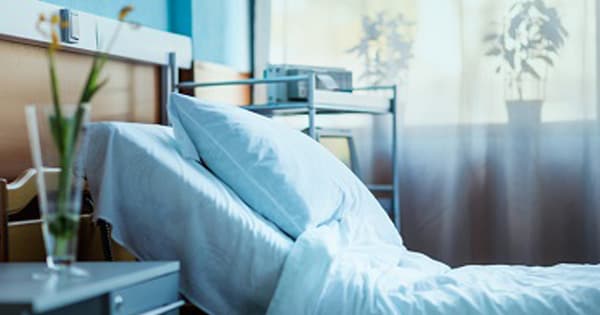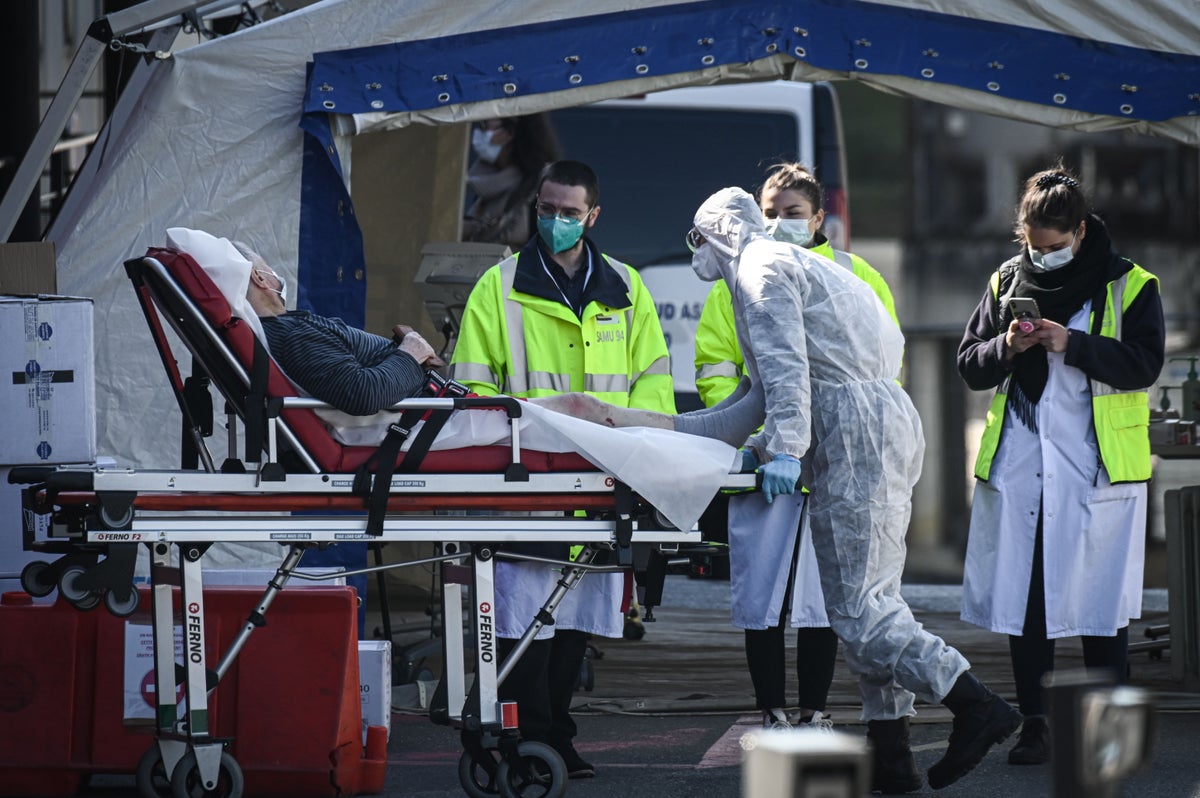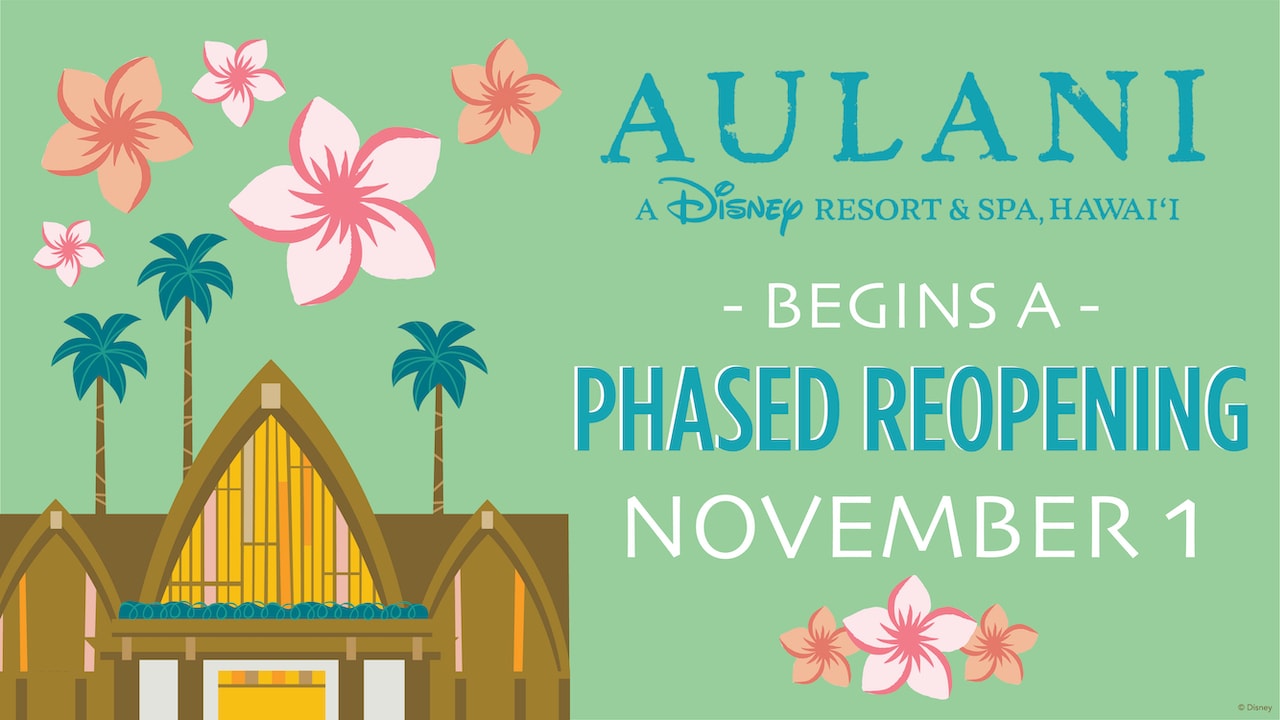Jenny72
Well-Known Member
I think when people casually say that you have a 97% chance of recovering, the implication is that you're solely worried about whether you will survive or not, and you're a bit silly to worry because you have a high chance of survival. But while that's true, it is tone deaf about the cost of losing that many people in a community. It would be devastating to lose 3% of people that I know. My church would lose 15 people, probably more because it skews older. My kids' school would lose dozens of parents and grandparents. My workplace would lose many more, people who both have institutional knowledge but also close connections to coworkers. This isn't just about an individual's chance of surviving; it's about collective suffering and loss. In our fear and division, we've lost sight of the pain of losing that many people.





